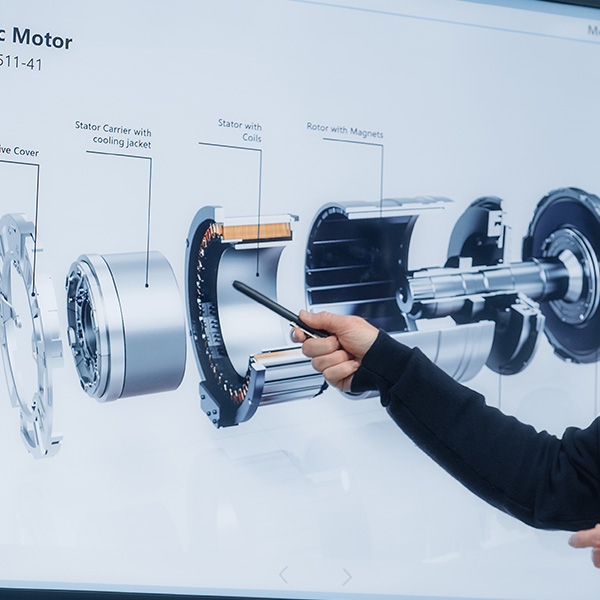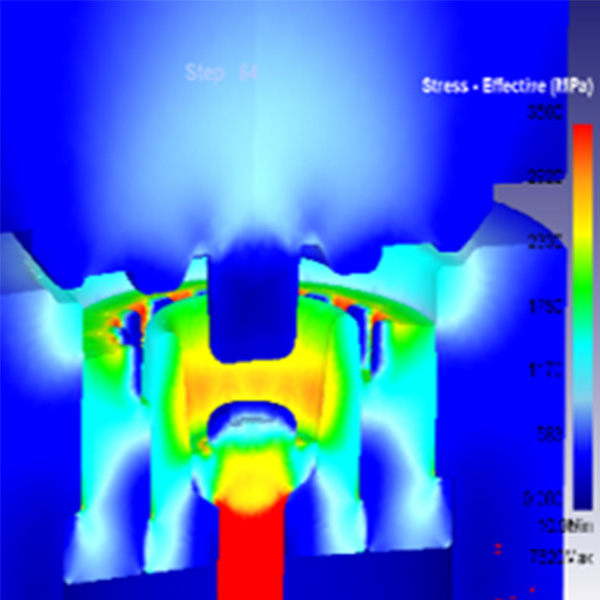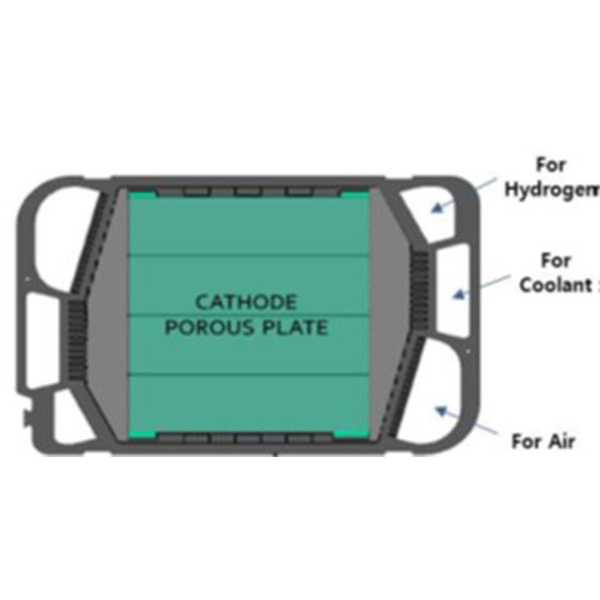Research & Development
Research Institute Overview
Since the establishment of the Technology Research Institute in 2001, we have been designing and manufacturing hot, cold, and complex forging molds to meet customer quality requirements. We focus on the research and development of automotive parts such as transmissions, engine, chassis components,and mechanical parts.
Our R&D efforts extend to the development of new materials, new processes, and innovative technologies, including research on hydrogen vehicles and other future industries. We are committed to continuous technological innovation to strengthen our competitive edge and lead a sustainable future.

Research & Development History
2022
Developed hot forging for Electric Vehicle Rotor Shaft
2021
Developed cold forging for Hydrogen Vehicle Rotor Shaft
2020
Relocation of the Technology Research Institute (to Anyang)
2019
Pre-development of manufacturing process technology for metal separator molding for next-generation hydrogen fuel cell vehicles
2015
Developed Transfer Driven Gear tooth-shaped forging sealed automation process
2011
Applied hot forging automation process for Differential Drive Gear
2007
Registered a new patent for [Hollow Shaft Spline Forming Cold Forging Process]
2006
Co-developed non-quenching steel for hot-forged chassis components (with Hyundai Mobis technical exchange)
2003
Developed Transfer Driven Gear tooth-shaped non-machining (non-cutting) forging process
2001
Established the Technology Research Institute (in Ansan)
Continuous Technological Innovation
Leading a Sustainable Future
Future-Forward Technological Competitiveness
Research and Development Areas
Forming Technology Methods
Hot ForgingCold Forging Complex Forging (Hot Forging + Sizing)

Design/Analysis Research
Forming Load and Stress Analysis Mold Life Prediction Metal Flow Analysis

Future Mobility Component Development
Rotor Shaft(Electric Vehicles, Hydrogen Vehicles) Metal Separator Plate(Hydrogen Vehicles)



